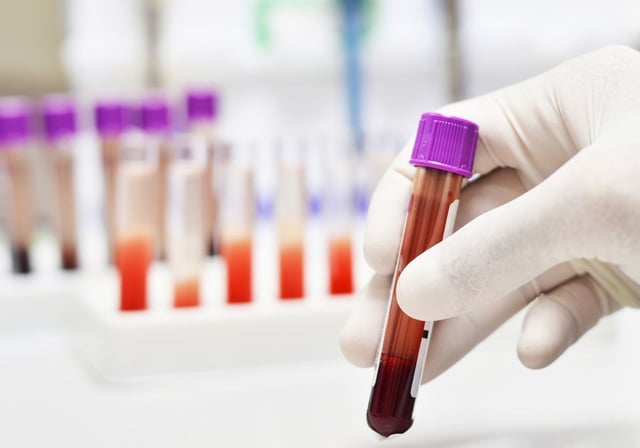Overview
- An international team published the dataset in Science and released an interactive database through the Human Protein Atlas.
- The study profiled 9,027 samples from 8,262 people, quantifying up to 5,416 protein targets using high-throughput proximity extension assays.
- Longitudinal cohorts show each person maintains a stable blood-protein fingerprint over years, with pronounced shifts during puberty before stabilizing in adulthood.
- Analyses reveal widespread cross-disease protein elevations tied to inflammation alongside distinct clusters for certain conditions, including liver and pediatric diseases.
- Machine-learning models detected signals suggestive of some cancers, predicting lung cancer before diagnosis while others were only identifiable at diagnosis, and the team plans independent assay validation.


